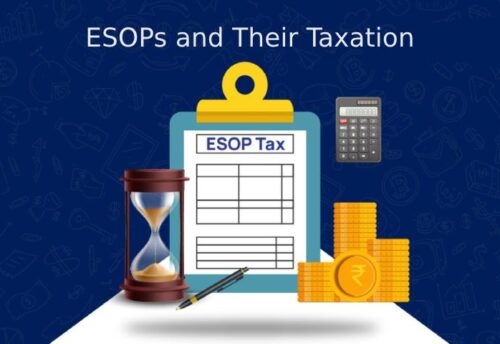
- 11/03/2025
- MyFinanceGyan
- 122 Views
- 9 Likes
- Finance, Investment, Mutual Fund
Balanced Fund vs Balanced Advantage Fund
Choosing the right mutual fund is an important decision in your investment journey. It can be confusing, especially for new investors, to understand the different types of mutual funds. Two popular options are Balanced Funds and Balanced Advantage Funds. Let’s explore what these funds are and how they differ.
Types of Mutual Funds:
Before diving into balanced and balanced advantage funds, it’s helpful to understand the three main types of mutual funds:
- Equity Funds – Invest in company shares.
- Debt Funds – Invest in bonds and fixed-income securities.
- Hybrid Funds – Invest in a mix of equity and debt.
What are Balanced Funds?
Balanced Funds are a type of hybrid mutual fund that invests in both equity (stocks) and debt (bonds) in a fixed ratio. Typically, they allocate 60% to equity and 40% to debt. This allocation can change slightly, but equity cannot fall below 40%, and debt cannot exceed 60%.
What are Balanced Advantage Funds?
Balanced Advantage Funds (BAFs) are also hybrid mutual funds that invest in both equity and debt. However, unlike Balanced Funds, there are no fixed limits on asset allocation. BAFs adjust their investments based on market conditions. For example, when stock prices are high, they may shift more money into debt to reduce risk.
Difference Between Balanced Funds and Balance Advantage Funds:
Given below are the key differences between balanced funds and balance advantage funds based on certain criteria:
Which One Should You Choose?
- If you prefer a steady, balanced approach with minimal changes, a Balanced Fund may be better.
- If you want flexibility and active risk management, a Balanced Advantage Fund may be the right choice.
Conclusion:
Both Balanced Funds and Balanced Advantage Funds offer a mix of equity and debt, but they differ in how they allocate investments. While Balanced Funds follow a fixed ratio, Balanced Advantage Funds adjust based on market trends. Understanding these differences can help you make an informed investment choice.
Note: This article is for educational purposes only and does not provide financial advice or product recommendations.



